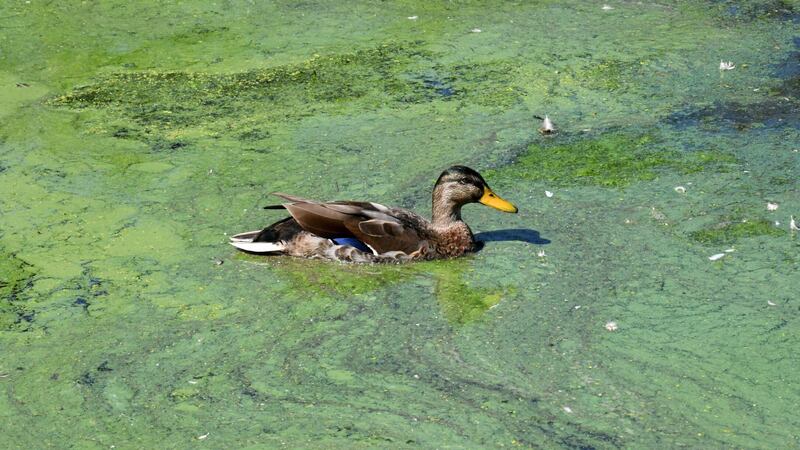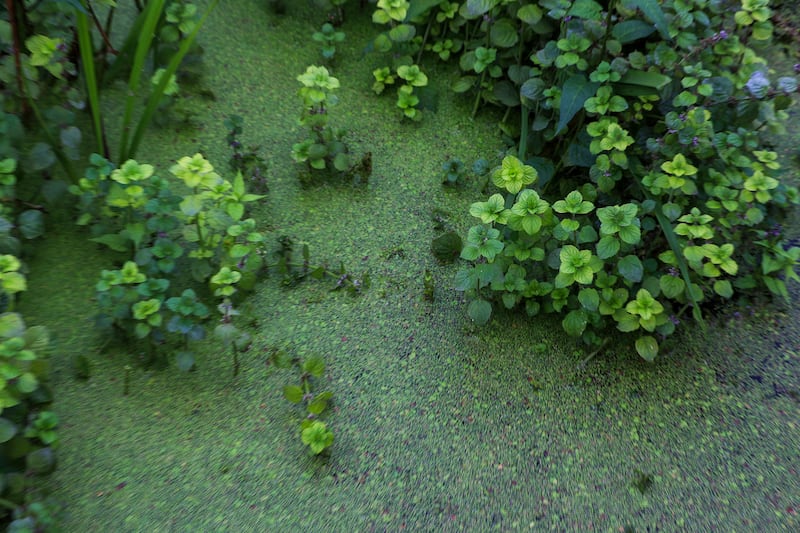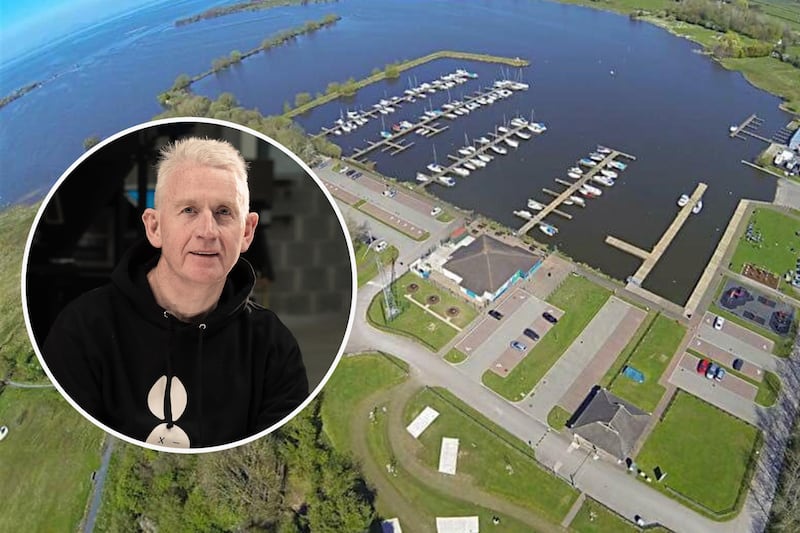Additional funding for testing for toxins in the fish in Lough Neagh is needed as the problem of algal blooms is not going away, the Food Standards Authority (FSA) has warned.
Fish caught in Lough Neagh are safe to eat, the FSA said on Wednesday, reversing a warning issued to recreational anglers, though not commercial fisheries, after the spread of the toxic blue-green algae last summer.
Samples of eel, roach, perch, pollan and bream were taken last September and checked for a range of cyanobacterial toxins found in the blue-green algae.

The FSA said it is safe to eat fish from the lough if it is properly gutted and the fillets are rinsed with clean water to remove any contamination from the process. Commercial fisheries were not issued with the warning as it was assessed there was no risk due to their more advanced gutting processes.
Toxins were discovered in various parts of the fish, including the guts and liver, that should not be eaten following gutting, or evisceration. These parts of the fish are used to feed animals, which is undesirable but unlikely to pose a risk to humans, the FSA said.
Professor Robin May, the FSA’s chief scientific officer, said: “The findings support our initial assessment that fish produced by (commercial) fisheries from Lough Neagh is safe to eat, where they are properly handled and gutted.

‘These results mean that we have been able to lift our previous precautionary advice for anglers not to eat fish they may catch on Lough Neagh.”
Anglers can enjoy eating the fish they catch but they should take care when handling and gutting the fish to prevent contamination of the edible parts of the fish with toxins that may be present in internal organ, Professor May added.
But he said: “We believe that due to various environmental factors, this issue is not going away. That is why we have requested additional funding for sampling of fish in Lough Neagh throughout this year and into next.”
The FSA in Northern Ireland is funded out of the block grant. The agency has submitted a bid to the Department of Finance for additional funding for more testing or sampling, which, it added, cannot be guaranteed without more money.
The FSA is also advising recreational fishing should not take place in areas of visible algal bloom and fish that are displaying abnormal behaviours, are dead or dying should not be eaten.
As part of the testing, the FSA also looked at the risk of using fish viscera, the intestines and liver, in animal feed. The FSA advice is that they can be used as an ingredient in animal feed “only if they are considered not likely to cause a risk to human health”.
The FSA concluded that while it is “undesirable” for animals to eat viscera “contaminated” with toxins, “it is not likely to be harmful to humans at the levels detected”.








